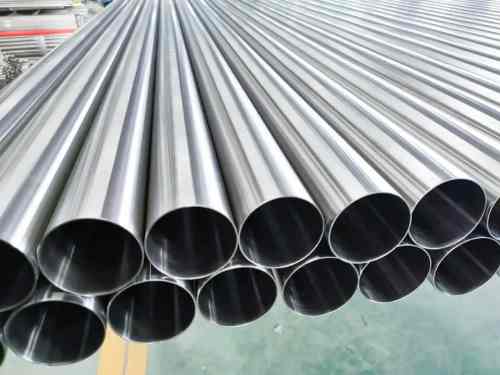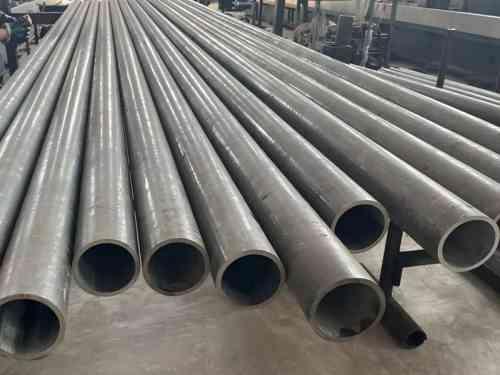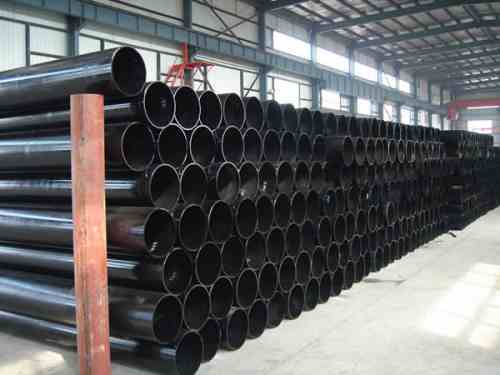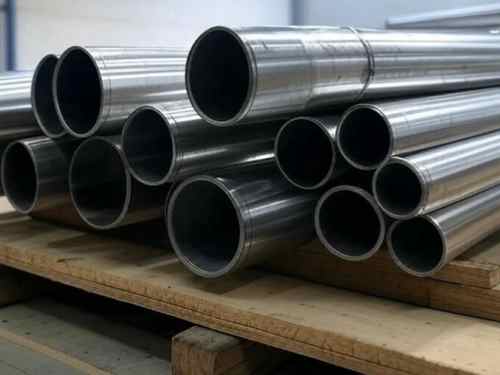Carbon steel Electric Resistance Welded (ERW) pipes are widely used in various industries due to their cost-effectiveness and manufacturing efficiency. Produced through a high-speed continuous process, ERW pipes are known for their versatility in applications ranging from structural components to oil and gas pipelines. However, like any material, they come with both advantages and limitations. Understanding these pros and cons is essential for making informed decisions in project design, material selection, and engineering application.
Advantages of Carbon Steel ERW Pipes
Cost-Effective Production
One of the most notable advantages of carbon steel ERW pipes is their low production cost. Manufactured on continuous production lines, ERW pipes offer 30%–50% higher efficiency compared to traditional methods. This streamlined process significantly reduces labor and production expenses, making them a budget-friendly option for large-scale use.
Wide Range of Applications
Carbon steel ERW pipes are extremely versatile. They are commonly used as structural supports in construction, as pipelines for transporting oil and natural gas, and as components in mechanical processing. Their broad applicability makes them a go-to choice across construction, energy, and manufacturing industries.
Ease of Processing
These pipes feature a uniform steel structure, making them easy to cut, bend, and weld. This allows for efficient customization and processing during construction or fabrication, enabling quick adaptation to various engineering requirements.
Disadvantages of Carbon Steel ERW Pipes
Limited Corrosion Resistance
One of the key drawbacks of carbon steel ERW pipes is their poor resistance to corrosion. In environments with high moisture, acidic, or alkaline exposure, these pipes are prone to rust and deterioration, which restricts their use in chemically aggressive or marine conditions without additional protective coatings.
Moderate Pressure Tolerance
Carbon steel ERW pipes are generally suitable for medium to low-pressure applications. Under high-pressure conditions, the pipes are susceptible to deformation or even rupture, limiting their use in high-pressure and high-temperature environments, such as power plants or chemical processing facilities.
Large Bending Radius and Average Weldability
These pipes typically require a large bending radius, making them less ideal for projects requiring compact or intricate pipe routing. Furthermore, their weldability is only average, requiring precise welding techniques and procedures to avoid defects. Improper welding may compromise the structural integrity and performance of the pipe.
Conclusion
Carbon steel ERW pipes present a balanced mix of affordability, practicality, and adaptability, making them a strong candidate for many standard industrial applications. However, their limitations in corrosion resistance, pressure endurance, and flexibility mean that they are not always suitable for specialized or demanding environments. Careful assessment of project needs and working conditions is essential to ensure optimal performance and longevity.

 English
English Español
Español











